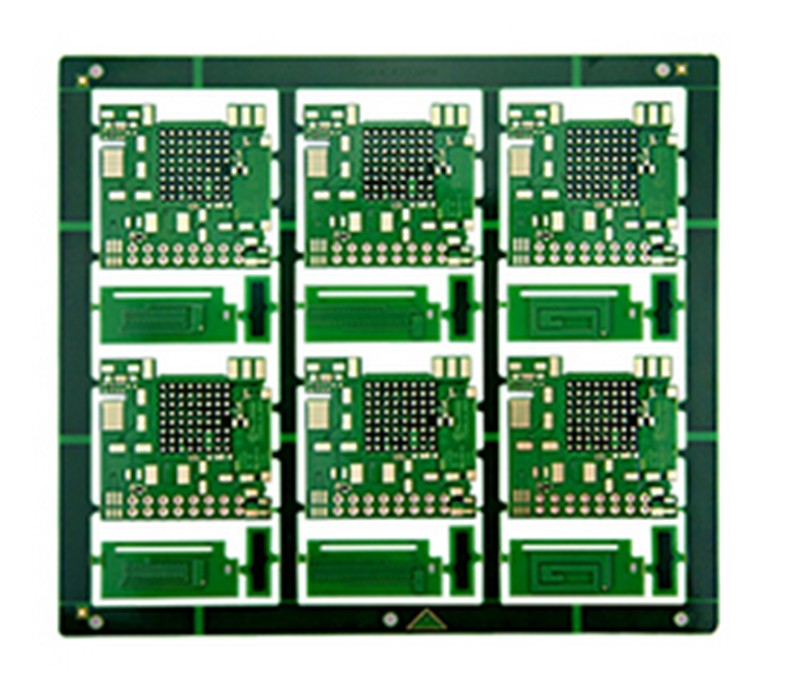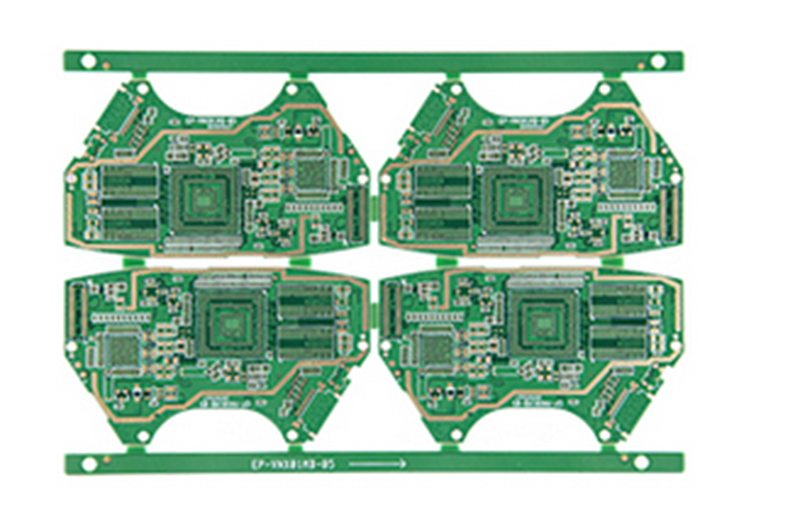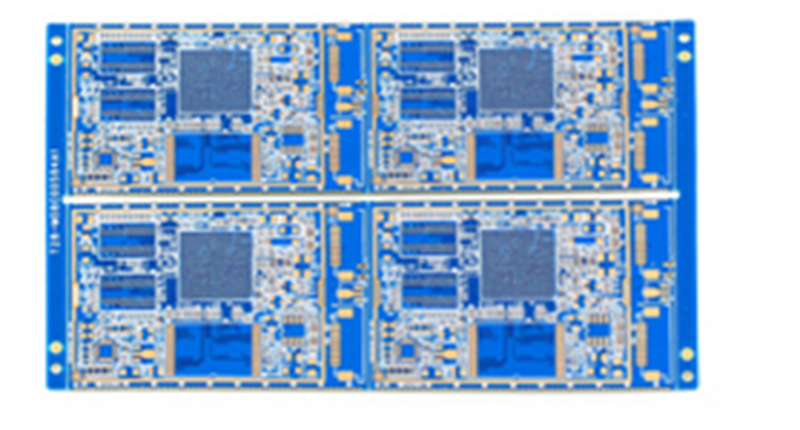Among semi-automatic control technologies,millimeter wave radar is indispensable for the successful realization of various functions of vehicle ADAS due to its reliable performance under harsh weather conditions. The PCB circuit board material is the key material and device in millimeter wave radar. The performance of the circuit board material determines the performance of the millimeter wave radar sensor.

Millimeter wave radar sensors are transitioning from 24GHz to 77GHz layer by layer.More forward radars and corner radars are considering using the 77GHz solution.For circuit engineers,selecting appropriate PCB materials is crucial for millimeter wave radar design.In general,when selecting, you need to consider issues such as thinner PCB circuit board materials,better dielectric constant consistency,smaller media loss,etc.; at the same time,you must also consider the time and temperature of the material,moisture level and other external office background and have reliable electrical performance and special mechanical properties.

In the array antenna design of millimeter wave radar,the circuit structure size of different types of transmission lines, the phase difference or delay of different transmission lines,and the successful control of the distance between the receiving antennas of each unit are all determined by the material.The dielectric constant is confirmed.Changes in the dielectric constant within the same plate will cause a certain phase difference between the transmitter and receiver of the vehicle radar, especially the millimeter wave vehicle radar, which will affect the accuracy of the inspection and measurement of the vehicle or speed, leading to deviations in its positioning.
At the same time, changes in the dielectric constant of different batches of materials will cause differences in different millimeter wave radar systems,affecting the complete uniformity of the system.Due to the exact same dielectric constant of the PCB circuit board materials used, stability is crucial.

At the same time,the final dielectric constant of the circuit board is not only related to the material media process,but also closely related to the finish of the copper foil used and the processing of the circuit.
In order to ensure the phase consistency and system performance of the receiving antenna,the dielectric constant shown on the circuit is more comprehensive and worthy of reference for practical performance evaluation of millimeter wave radar receiving antennas.